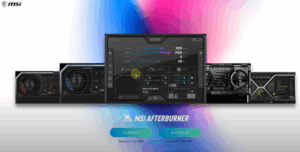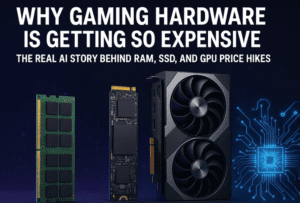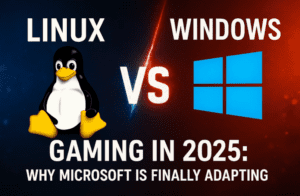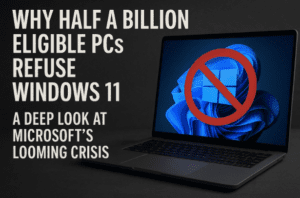Selecting the right computer or laptop requires a deep understanding of various components that determine its performance. Whether you’re a gamer, video editor, or casual user, choosing the right processor, cores, clock speed, and other specifications is crucial. This guide will take you through each essential factor to help you make an informed purchase.
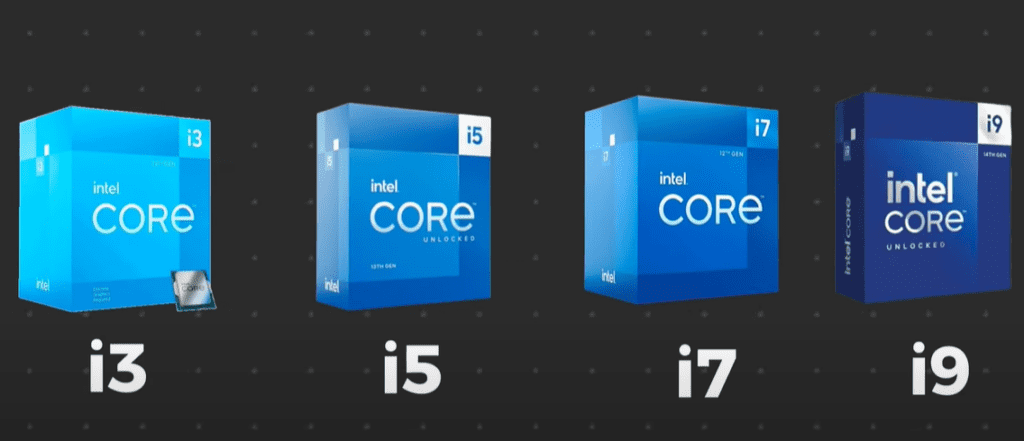
Understanding the Processor (CPU)
The processor is the brain of your computer. Understanding its full name helps decode its capabilities. Let’s break it down:
- Series Name & Model: If you see Intel i7 or i9 in a processor name, the number indicates the generation and series.
- Model Number: For instance, in the Intel Core i7-185E, ‘1’ represents the generation, ‘85’ indicates the SKU, and ‘E’ is the suffix.
- Suffix Codes: These codes determine power efficiency and performance levels:
- K: Unlocked processor for high performance.
- U: Power-efficient but slower, suitable for ultrabooks.
- H: High-performance mobile processors for gaming laptops.
- T: Power-efficient desktop processors.
- KS: Overclocked and high-end performance.
Unlocked vs. Locked Processors
Processors with a K suffix are unlocked, meaning they can maximize power usage and boost performance, ideal for gaming and video editing. Meanwhile, processors without a K are locked and have limited performance capabilities.
Cores and Threads: The Multi-Tasking Power
The number of cores in a processor determines how well it can handle multiple tasks. Here’s a breakdown:
- Dual-Core (2 Cores): Basic multitasking.
- Quad-Core (4 Cores): Better for moderate tasks.
- Hexa-Core (6 Cores): Suitable for gaming and light editing.
- Octa-Core (8 Cores) & Beyond: Best for professional workloads and high-end gaming.
Each core can handle multiple threads, which are like virtual processing units. More threads enhance multitasking and overall system performance.
Clock Speed: The Performance Indicator
Clock speed, measured in GHz (Gigahertz), determines how fast a processor executes tasks. Processors have:
- Base Speed: Minimum operating speed.
- Turbo Boost Speed: Maximum speed under load.
For example, an Intel i7-12700K processor has a base speed of 3.6 GHz and a turbo speed of 5.2 GHz, while the 12700F variant has a lower base speed of 2.1 GHz and turbo speed of 4.45 GHz, leading to a performance difference.
Comparing i3, i5, i7, and i9 Processors
Choosing between Intel i3, i5, i7, and i9 depends on your needs:
| Processor | Clock Speed | Approx. Price |
|---|---|---|
| i3 (14th Gen) | 4.7 GHz | ₹20,000 |
| i5 (14th Gen) | 5.3 GHz | ₹40,000 |
| i7 (14th Gen) | 5.6 GHz | ₹70,000 |
| i9 (14th Gen) | 6.2 GHz | ₹90,000 |
- i3: Suitable for basic tasks like browsing and office work.
- i5: Good for moderate gaming and productivity.
- i7: Ideal for gaming, editing, and professional work.
- i9: Best for high-end gaming, 3D rendering, and heavy workloads.
Choosing the Right Processor for Your Needs
If your budget is limited, opt for non-K versions like the i5-14400 instead of the i5-14600K to save money without sacrificing too much performance. KF variants lack integrated graphics, meaning you’ll need a dedicated GPU.
For those looking for affordable options, U and Y series processors are budget-friendly but less powerful.
Final Thoughts
Selecting the right processor depends on your usage requirements and budget. A well-balanced choice ensures longevity and efficiency, whether for gaming, professional work, or general use. Consider factors like core count, clock speed, and processor series to make the best decision.
Tags: computer buying guide, best laptop processor, how to choose a laptop, Intel processor comparison, laptop performance, gaming laptop selection, PC buying tips, best laptop for video editing, budget laptop selection, high-performance computers
Hashtags: #ComputerBuyingGuide #LaptopProcessor #BestLaptop #IntelComparison #GamingLaptop #PCBuyingTips #VideoEditingLaptop #BudgetLaptop #HighPerformancePC
